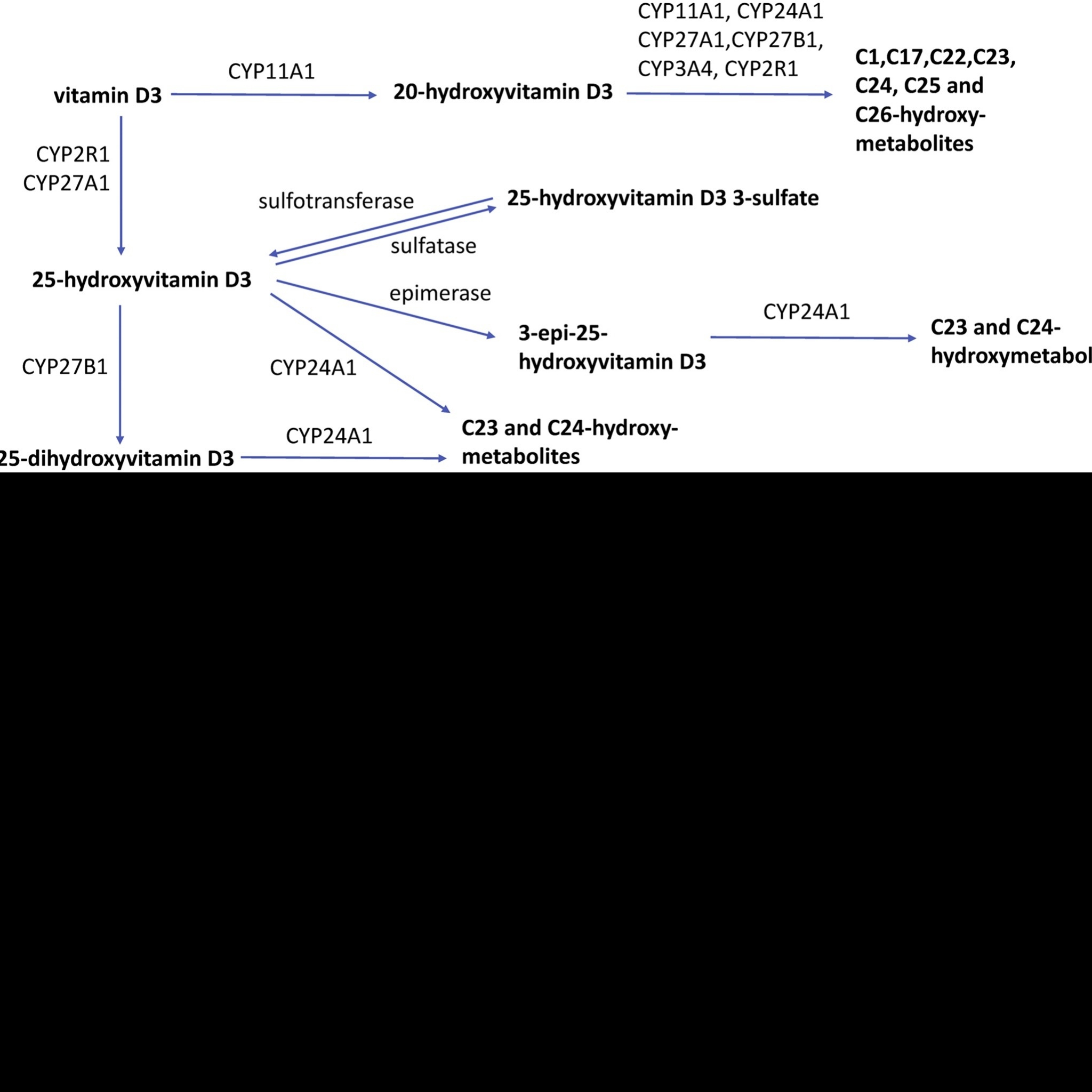LeeLemonoil
Member
- Joined
- Sep 24, 2016
- Messages
- 4,265
according to this well-reputed insect-researcher:
https://atlasofscience.org/are-ecdysteroids-insect-hormones/
I have linked up a lot of publications here on RP-Forum that show a lot of beneficial effects of Ecdysteroids,
virtually every peaty-parameter seem to be modulated in a positive way.
Plants And Insects As A Source Of Steroids
There are reservations because some ecdysteroids bind to ERbeta but that does not concern me - on the contrary given that interesting steroids like the Androstanediols, DHEA and substances Tocotrienols bind them too and displace E2 and excert protective effects this way.
Others are skeptical because of the molting hormone/prolactin Connection but this author has rather convincingly explained that ecdysteroids are not insect-hormones nor are they really the initiator of molting.
And lastly, a recent publication in Nature claims a structural and activity relationship between ecdysterone and aldosterone (which really would be a cause for caution), but that seems to be true only for alpha-Ecdysone which is the non-hydroxylated form and is likely of no importance in vivo.
What do you make of the thesis that ecdysteroids might be essential Vitamin-D sterols in humans? I find it highly intriguing and especially the hydroxylation and glycoside structures hint at the possibility. The „peat“- Flavones like Apigenin are now also considered hormone-like especially their glycsosides.
Thank you for any comment or insight on the matter!
https://atlasofscience.org/are-ecdysteroids-insect-hormones/
I have linked up a lot of publications here on RP-Forum that show a lot of beneficial effects of Ecdysteroids,
virtually every peaty-parameter seem to be modulated in a positive way.
Plants And Insects As A Source Of Steroids
There are reservations because some ecdysteroids bind to ERbeta but that does not concern me - on the contrary given that interesting steroids like the Androstanediols, DHEA and substances Tocotrienols bind them too and displace E2 and excert protective effects this way.
Others are skeptical because of the molting hormone/prolactin Connection but this author has rather convincingly explained that ecdysteroids are not insect-hormones nor are they really the initiator of molting.
And lastly, a recent publication in Nature claims a structural and activity relationship between ecdysterone and aldosterone (which really would be a cause for caution), but that seems to be true only for alpha-Ecdysone which is the non-hydroxylated form and is likely of no importance in vivo.
What do you make of the thesis that ecdysteroids might be essential Vitamin-D sterols in humans? I find it highly intriguing and especially the hydroxylation and glycoside structures hint at the possibility. The „peat“- Flavones like Apigenin are now also considered hormone-like especially their glycsosides.
Thank you for any comment or insight on the matter!

